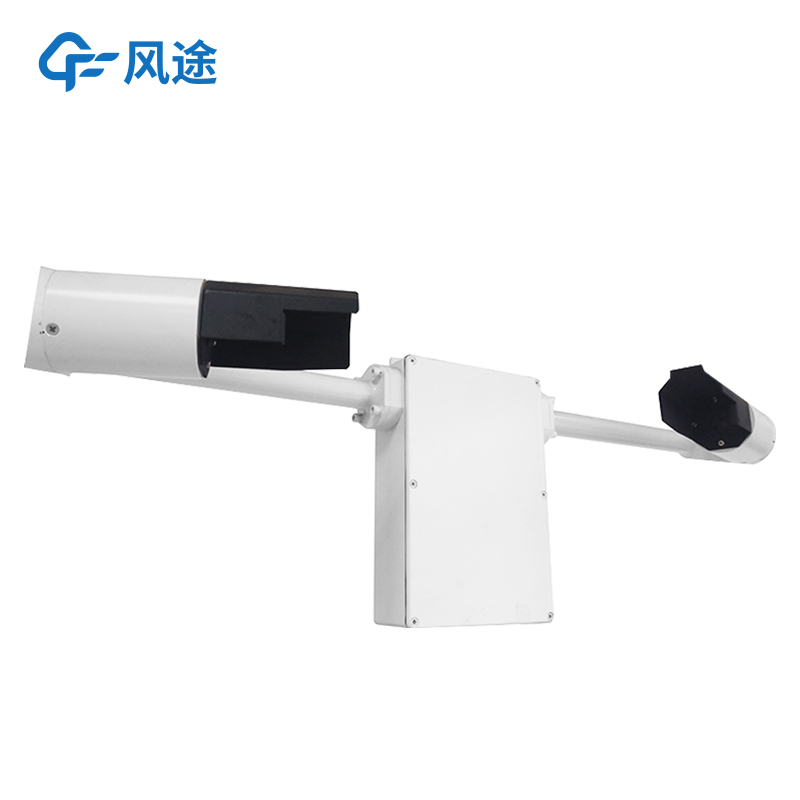Shandong Fengtu IOT Technology Co., Ltd
Sales Manager:Ms. Emily Wang
Cel,Whatsapp,Wechat:+86 15898932201
Email:info@fengtutec.com
Add:No. 155 Optoelectronic Industry Accelerator, Gaoxin District, Weifang, Shandong, China

Sales Manager:Ms. Emily Wang
Cel,Whatsapp,Wechat:+86 15898932201
Email:info@fengtutec.com
Add:No. 155 Optoelectronic Industry Accelerator, Gaoxin District, Weifang, Shandong, China
time:2025-02-12 09:09:49 source:Weather Station viewed:226 time
The Environment Visibility Sensor is equipped with stable and efficient light sources such as lasers or LEDs. Taking the infrared LED as an example, it emits infrared light with wavelengths of 940nm, 930nm, or 870nm. After being collimated by a lens, the light is directed towards the atmospheric sampling space. When the light propagates in the atmosphere, it scatters when encountering particles such as dust, haze, and water droplets. The Environment Visibility Sensor focuses on the forward scattered light in a direction approximately the same as the emission direction. The receiver is at a specific angle, such as 33° or 35°, to the transmitter. The photodetector on the receiver is responsible for receiving the scattered light and converting it into an electrical signal. The intensity of the signal is proportional to that of the scattered light. The data processing system of the instrument processes the received electrical signal. Based on the intensity of the scattered light, it calculates the scattering coefficient by using a mathematical model, and then further converts it to obtain the extinction coefficient. By using the relationship between the meteorological optical range (MOR) and the extinction coefficient, the visibility value is finally obtained and presented in the form of numbers or charts for output.
With this series of precise measurement processes, the Environment Visibility Sensor helps us gain an in - depth understanding of the atmospheric visibility conditions.

In meteorology, the accurate measurement of rainfall is an important project. From agricultural irrigation decisions to the planning of urban drainage systems and to meteorological disaster warnings, accurate rainfall data is required. To meet this need, scientists have developed a variety of rain s...
With the increasing public awareness of environmental protection and health, air quality has become one of the key indicators for assessing the environmental quality of tourist attractions. Negative oxygen ions, known as the "air vitamin," have a positive impact on human physiological acti...
When the fog is thick, it is particularly difficult to navigate ships in places like the Huangpu River where the waterway is narrow and the navigation conditions are complex. Due to the heavy fog, the pilots can hardly see the ships in the distance and the objects on the shore. At this time, relying...
Meteorological conditions can affect the development of disaster relief work. As a device that can quickly and accurately obtain on-site meteorological information, the Portable Weather Station provides key basis for rescue decisions.The Portable Weather Station can real-time monitor multiple meteor...